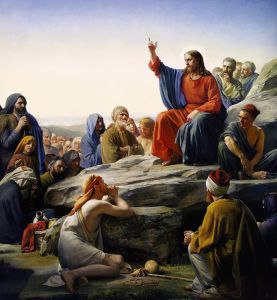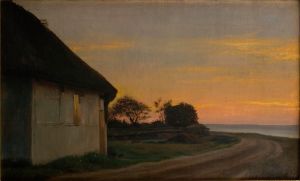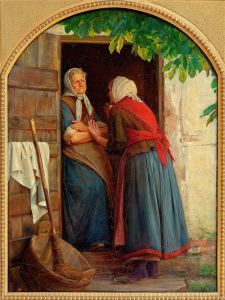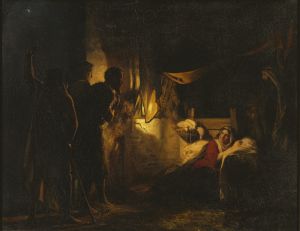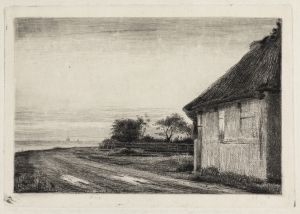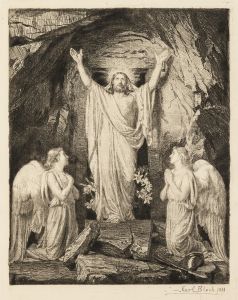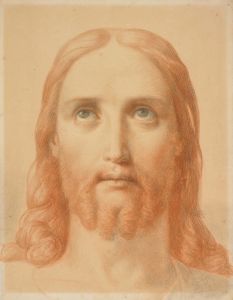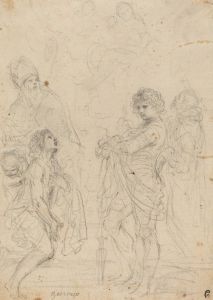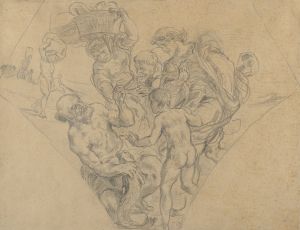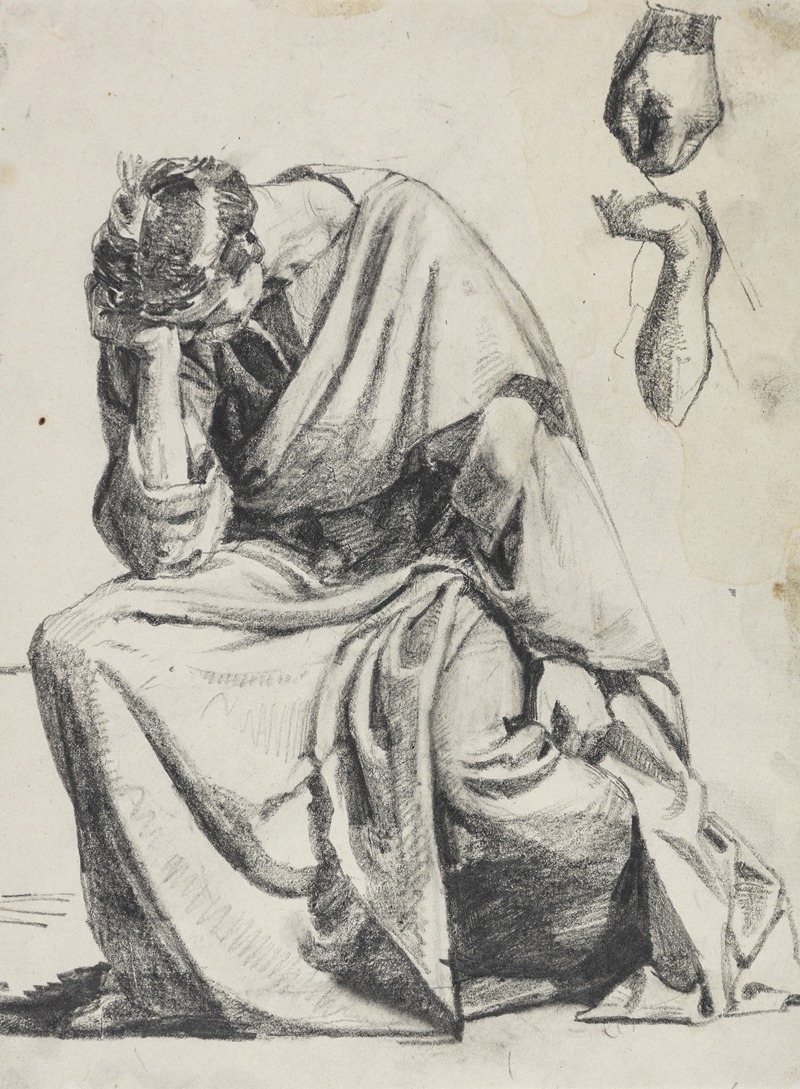
Den angrende Peter Forarbejde til radering fra 1882
A hand-painted replica of Carl Bloch’s masterpiece Den angrende Peter Forarbejde til radering fra 1882, meticulously crafted by professional artists to capture the true essence of the original. Each piece is created with museum-quality canvas and rare mineral pigments, carefully painted by experienced artists with delicate brushstrokes and rich, layered colors to perfectly recreate the texture of the original artwork. Unlike machine-printed reproductions, this hand-painted version brings the painting to life, infused with the artist’s emotions and skill in every stroke. Whether for personal collection or home decoration, it instantly elevates the artistic atmosphere of any space.
Carl Bloch's Den angrende Peter. Forarbejde til radering fra 1882 (translated as The Repentant Peter. Study for an Etching from 1882) is a preparatory work created by the renowned Danish painter Carl Heinrich Bloch (1834–1890). Bloch is widely recognized for his contributions to 19th-century Danish art, particularly his religious-themed works, which have had a lasting impact on both Danish and international audiences.
This specific piece, as the title suggests, is a preparatory study for an etching. It depicts the biblical figure of Peter in a moment of deep remorse, reflecting the narrative from the New Testament where Peter weeps bitterly after denying Jesus three times, as foretold by Christ. The theme of repentance and forgiveness is central to this work, aligning with Bloch's broader focus on religious and emotional subjects.
Bloch's preparatory works, such as this one, provide valuable insight into his artistic process. They reveal his meticulous approach to composition, lighting, and emotional expression. While the final etching would have been the completed version intended for broader dissemination, the preparatory study itself stands as a testament to Bloch's skill in capturing human emotion and spiritual depth.
The medium of this study is not definitively documented, but it is likely to have been executed in pencil, ink, or another drawing medium commonly used for preparatory works during the 19th century. The piece is dated to 1882, placing it in the later period of Bloch's career, a time when he was deeply engaged in creating religious art, including his famous series of paintings for the King's Oratory at Frederiksborg Castle in Denmark.
Carl Bloch's works, including Den angrende Peter, are celebrated for their ability to convey profound emotional and spiritual themes. His art continues to be admired for its technical mastery and its ability to resonate with viewers on a deeply human level. Bloch's influence extends beyond Denmark, with his works being appreciated in various cultural and religious contexts around the world.
Further details about the specific location or current ownership of this preparatory study are not readily available. However, many of Bloch's works are housed in Danish museums or private collections, and some are reproduced in religious institutions globally.







